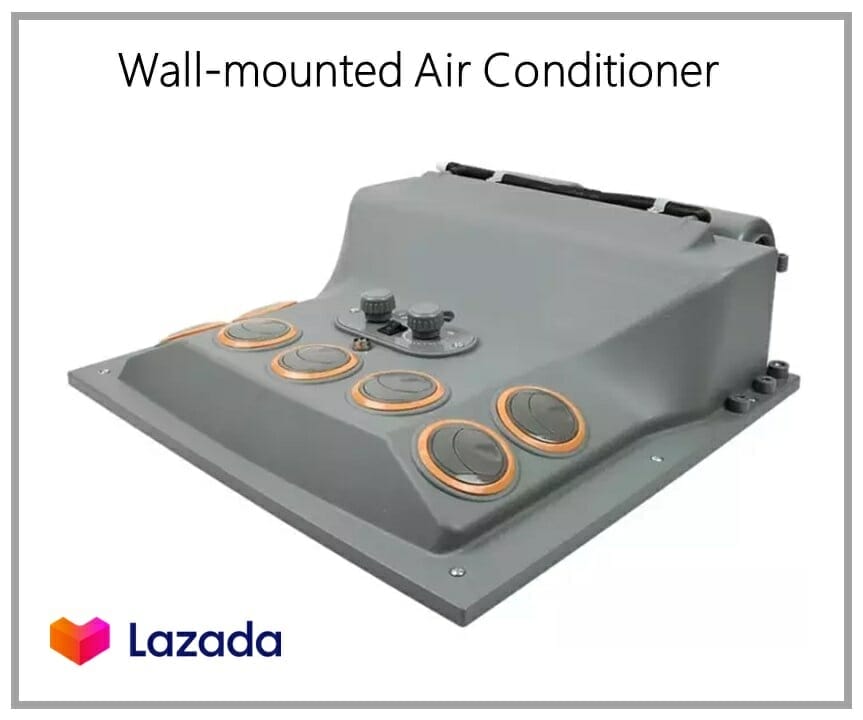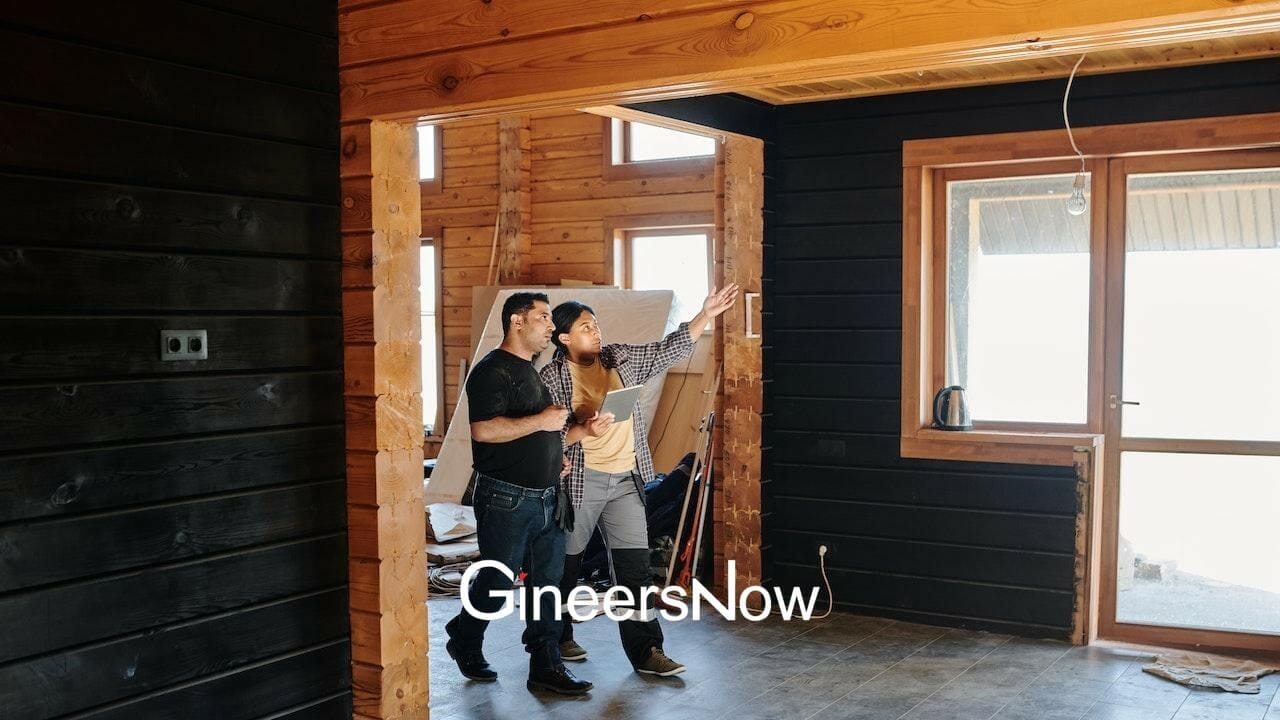The American Society of Heating, Refrigerating and Air-Conditioning Engineers (ASHRAE) was formed in 1959 with a goal: to advance heating, ventilation, air conditioning and refrigeration (HVACR) systems design and construction. Today, the organization is still as focused in such goal but nonetheless a lot empowered with more than 56,000 members in over 132 countries. It stays true to its motto: “Shaping tomorrow’s built environment today.”
In an interview, ASHRAE’s President Bjarne W. Olesen said that sustainability is a major goal for 2018 and beyond, and that it is achievable.
“We expect NZEBs (Nearly Zero Energy Buildings) by 2030. That goal is within reach,” he revealed. “But it will take a concentrated effort by partners representing every sector of our broad, global industry.
“Europe appears to have embraced the vision earlier and has a head start on making that vision a reality. Energy costs in Europe are much higher than in the United States, which created an economic driver for their success, a success that needs to be applauded. Asia is moving rapidly towards an NZEB future, but probably has the most ground to cover for a variety of reasons. A compelling argument can be made that our significant successes over the past nine years shows conclusively that we are on the right path and that the goal of an NZEB future is attainable,” he added.

Photo via MGS Architecture
Olesen relies on the growing trend of technology and renewables in his confidence about HVAC’s future. There is already an energy management tool called Building Energy Quotient (Building EQ) which helps in evaluating the energy use of a building, on top of the building information modeling software and the decrease in photovoltaic pricing. Such advancements are the biggest drivers of the HVAC movement towards sustainability according to Olesen.
Moreover, ASHRAE is willing to provide its members the needed information to meet the necessary goal. After all, it is the robust research program that sets ASHRAE apart from other professional societies and organizatios
“As a global society with members all over the world, we can provide and disseminate knowledge from one part of the world to be used the world over.
“The HVAC industry has an opportunity to serve as a catalyst to building owners and designers, encouraging the achievement of sustainability goals. An ASHRAE-certified building provides builders credible, reputable recognition in the marketplace,” Olesen shared.
Source: Construction Global












